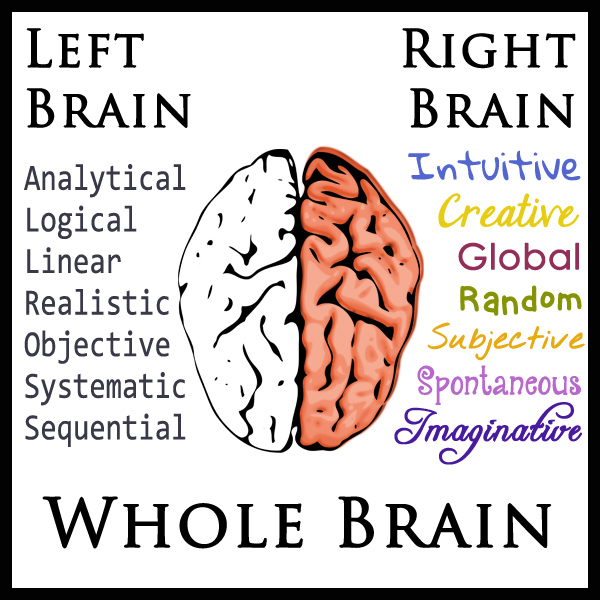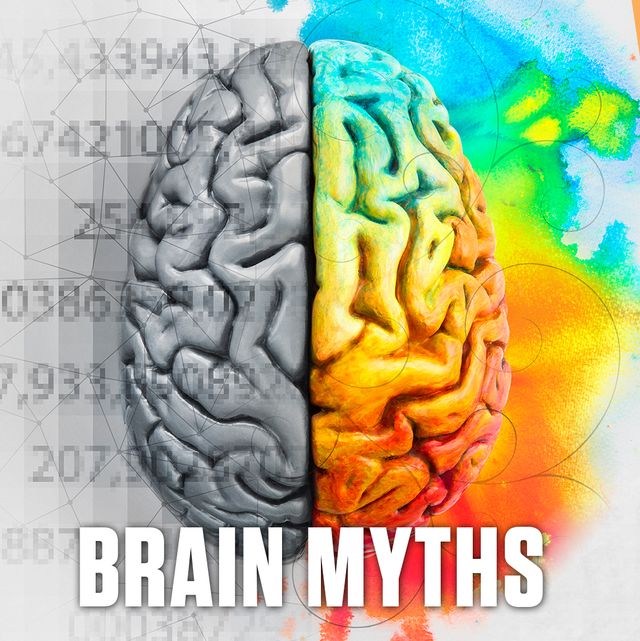For decades, popular interpretations of research on human cerebral hemisphere lateralization have portrayed. The left brain as Mr. Spock: analytical, rational, skilled at arithmetic and language. Captain Kirk as the right brain: impulsive, intuitive, emotional, and creative. You can take tests designed to determine which hemisphere dominates your thinking style.
They usually glorify the left hemisphere as the more rational side and the one who should be in command. However, a magisterial work by psychiatrist Iain McGilchrist . Has been significantly, though slowly, shifting this impression, thereby flipping our previous knowledge of hemisphere distinctions on its head.
Background on brain lateralization
Those whose corpus callosum, the neuronal bundle that connects the two hemispheres, had been injured, surgically destroyed, or had failed to form. His study drew on more than a century of lesion research. It involved analyzing the brains of patients suffering focused damage to establish whether vital processes had been compromised by the elimination of specific brain areas. Sperry’s pupils and colleagues, especially psychologist Michael Gazzaniga, have advanced Sperry’s research and popularized. The functions of the two hemispheres during the last four decades.
This collection of research served as the foundation for popular psychology. Which assigned specific functions to each hemisphere: language, logic, and linear thinking to the dominating left hemisphere, and holistic, intuitive, impulsive reactions to the subordinate right hemisphere. The right brain thought to be good at painting, music, and other topics that American public school only devotes an hour to each week, if that.
The Neuroscience in The Master and His Emissary
The human corpus callosum contains neural projections that reach. Opposite hemisphere contains only about 2% of neurons. Yet the bulk of them are either directly inhibitory connections or trigger inhibitory interneurons in the other hemisphere. The corpus callosum largely works to mute regions of the contralateral brain rather than exchanging information.
These two forms of concentration are mutually exclusive. Splitting attention between two or more activities, often known as multitasking. Entails fast switching back and forth between the two tasks at the neuronal level. Changing tasks causes slower completion times and increases the probability of missing information. Because obtaining food and avoiding becoming prey to others are both necessary for survival. Each of these duties was assigned to a distinct hemisphere.
Left-Brain functions
- To recognize and grip food, the left hemisphere developed proficiency in tight focus. The right hemisphere chose a different approach, specializing in screening the entire sensory environment for abnormalities in order to prevent being devoured or other calamities.
- The left brain is concerned with what is safe, edible, and easily obtained. It encounters only a portion of the world at a time, piecing together a map of that environment and how to recognize and grasp (physically and intellectually) what it need to survive. Its comprehension detached and abstract, with an emphasis on certainty and utility. Language and math developed by the left brain as ways to codify, articulate, construct, and communicate its understanding of the world to the right brain and other brains.
- The left brain simplifies life and offers regularity and standards, making its perspective simpler to grasp and appreciate than the right brain’s hazy, ambiguous, and self-contradictions. Third, because the act of debating is a left brain strength, the left brain is far more capable of expressing and explaining its position, as well as winning debates regarding its superiority.
- Therefore, the left brain has an edge in the struggle for supremacy since it is not aware of what it is missing. All that really matters is that it just demeans, devalues, and dismisses the aspects of reality that it cannot comprehend. The race won by a competitor who abbreviates some of the route. Each of these five elements reinforces left brain dominance in different ways, both socially and personally.

Right Brain functions
- The right brain aware of context, takes the whole picture into account and is more interested in what is conceivable than what is known. It is present-focused, involved with the living and moving world also aware of links and interconnections. It extracts latent knowledge about the world and what is significant in an all-encompassing manner. Additionally, the right brain directs the left brain’s search strategy.
- The right brain then absorbs this left brain-processed knowledge and applies it to hone its own worldview. The left brain has a more focused, practical, and precisely defined vision of the world than the right brain, which is also more broad, inclusive, and aware of relationships and situations. Contradictions and implicit facts that the left brain just cannot see are accepted by the right brain.
- The left brain’s role is to influence the environment, whereas the right brain’s is to experience it. Metaphors are a tool used by the right brain to build comprehension. Metaphors viewed as misleading, artistic, and even dishonest by the left. The left brain builds its road to truth using algorithms and will ignore observable “data” that doesn’t follow its rules.
Myths about Right-Brained and Left-Brained Persons
The illusion of right-brained and left-brained individuals grounded on some actual science, like many contemporary myths. Despite the fact that the genuine division of labour is far more complex than creativity on the right and logic on the left. We are aware that the right and left sides of the brain do truly specialize in various sorts of work. The study of people with so-called split brains has contributed much to our understanding in this field.
- The idea that each person has a dominant brain hemisphere (or side) is a myth. Right-brained people perceived as being more imaginative and artistic. While left-brained people thought to be more logical and skilled in language and math.
- There is no consensus, according to science, that people utilize one side of their brains more than the other or that this imbalance is what makes each person unique. In actuality, using only half of the brain would be extremely wasteful.
- Although the notion that people tend to be more left- or right-brained may seem harmless. Both educators and students have legitimate reservations about the veracity of this myth.
- The idea that our personalities determined by our brain’s dominant side is another misconception. Everyone’s cognitive talents have both strengths and shortcomings. We everyone has unique personality qualities. It appears to combine both of those characteristics of us to say that some of us are more analytical than we are creative.
- That final determinant of those traits in people is probably a gene versus environment interaction. It hasn’t, proven to be a right-brain vs left-brain occurrence.


